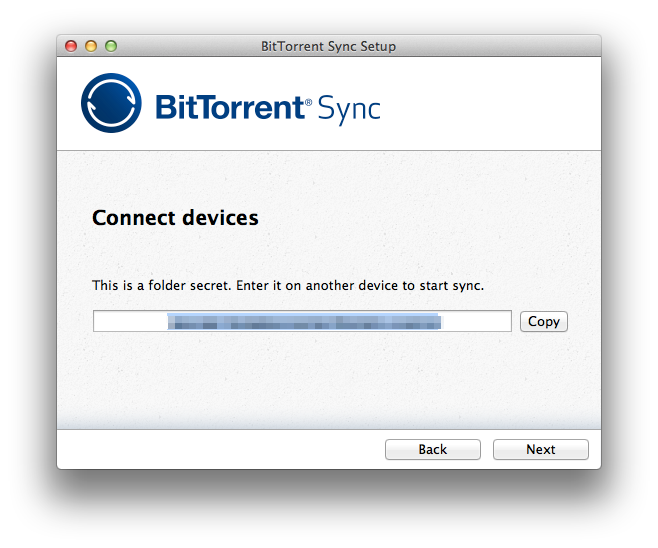

Based on Proofware, we have built a crowd based video sharing application, called OurTube, as a case study. Also, rather than depending on a centralised accounting system, each dApp has an embedded currency system to keep the whole incentive system decentralised, fair, transparent, stable and sustainable. Under Proofware, developers can develop and test their own Proof of Useful Work (PoUW) consensus protocols. In this paper, we present Proofware which is designed for developers to build their dApps easily with existing public/crowd-based computing resources. Current frameworks and middleware for building decentralised applications (dApps) are largely limited to simple and less useful jobs. Massive electric power and computing resources, including CPU, RAM, storage and sensors have been wasted to run blockchain network based on these consensus protocols. But most of these consensus protocols are not designed for doing some useful jobs for society because of too much competition and scalability limitation. There are different consensus protocols for blockchain, like Proof of work (PoW), Proof of Stake (PoS), Proof of Space (PoSpace), Proof of Activities etc. In a blockchain system, consensus protocol as an incentive and security mechanism, is to ensure the participants to build the block honestly and effectively. Quick and Choo (2013c) also determined that the act of downloading data from cloud counterparts using a web or client application does not modify the hash of the data of relevance despite changes in file creation/modification times. (2014),, Shariati, Dehghantanha, Martini, and Choo (2015), found that metadata and other data artefacts could potentially be recovered from client devices used to access cloud services, even when the data has been erased using eraser software, such as Eraser and CCleaner (Quick and Choo, 2013a, 2013b. Research with a technical focus generally aims to address particular challenges associated with the on-device and remote collections of data artefacts from a decentralised cloud infrastructure (Zafarullah et al., 2011 Marty, 2011 Martini and Choo, 2012 Martini and Choo, 2013 Quick et al., 2014 Dykstra and Sherman, 2013 Zawoad et al., 2013 Gebhardt and Reiser, 2013 Martini and Choo 2014c).


This paper outlines the client application, its detected network traffic and identifies artefacts that may be of value as evidence for future digital investigations. The importance of understanding BitTorrent Sync and its resulting digital investigative implications for law enforcement and forensic investigators will be paramount to future investigations. The service is completely decentralised, offers much of the same synchronisation functionality of cloud powered services and utilises encryption for data transmission (and optionally for remote storage). BitTorrent Sync is seen as an alternative by many and has gathered over two million users by December 2013 (doubling since the previous month). A number of these services have recently been reported as sharing information with governmental security agencies without warrants.
Bittorrent sync key professional#
With professional and home Internet users becoming increasingly concerned with data protection and privacy, the privacy afforded by popular cloud file synchronisation services, such as Dropbox, OneDrive and Google Drive, is coming under scrutiny in the press.


 0 kommentar(er)
0 kommentar(er)
